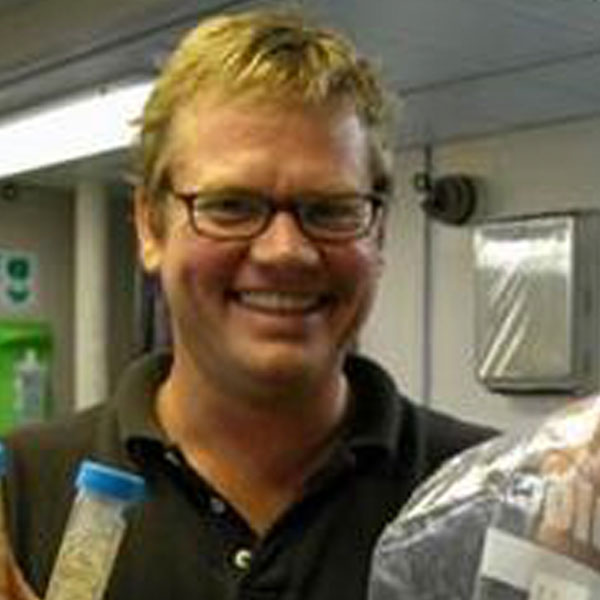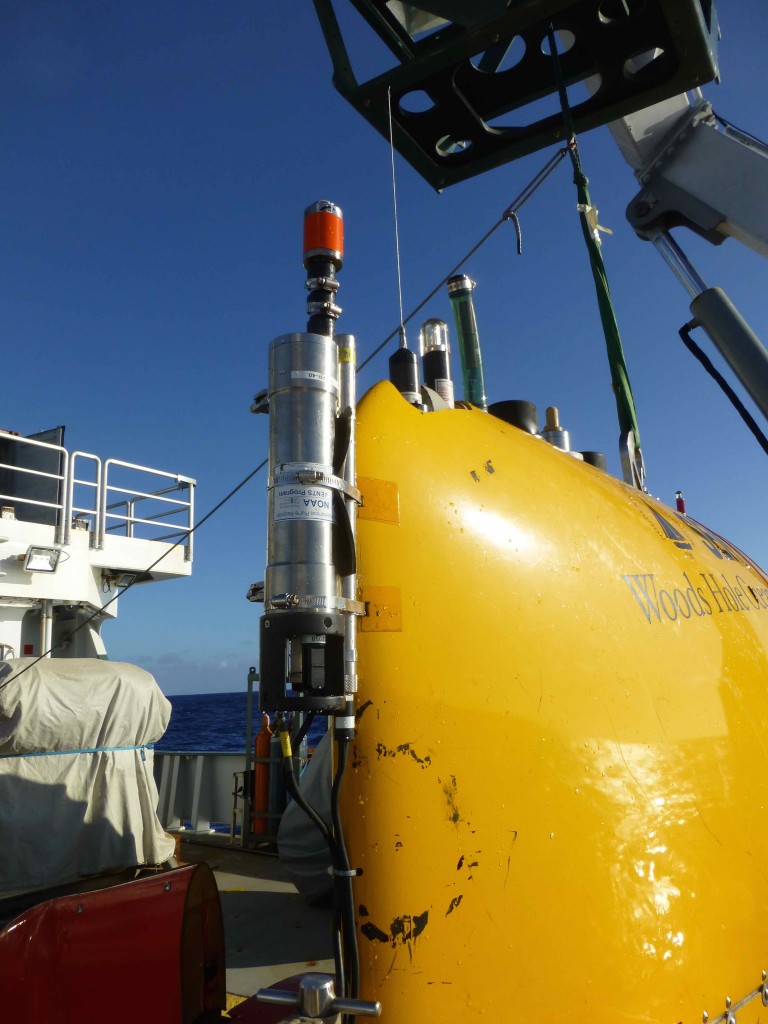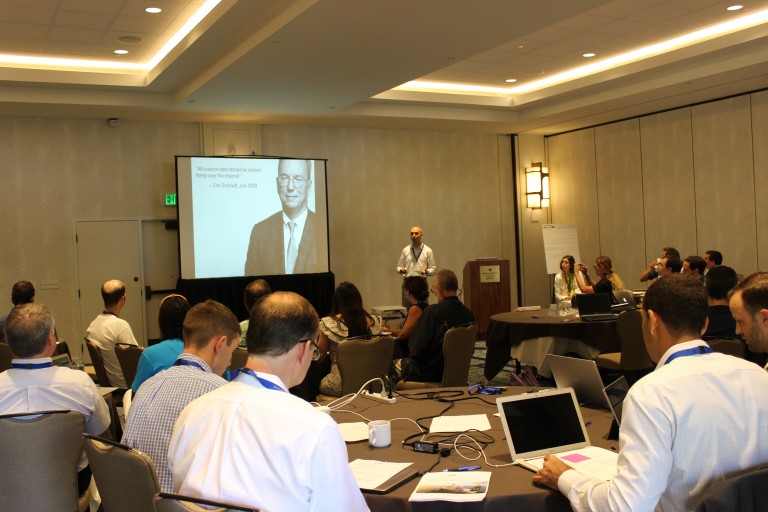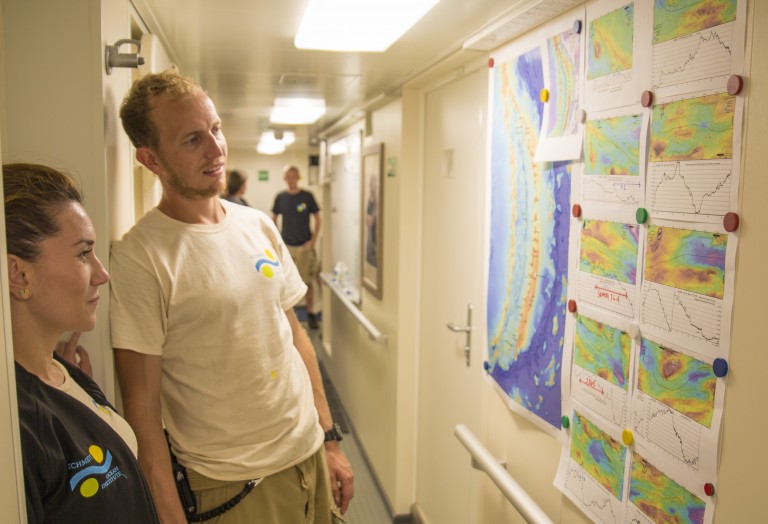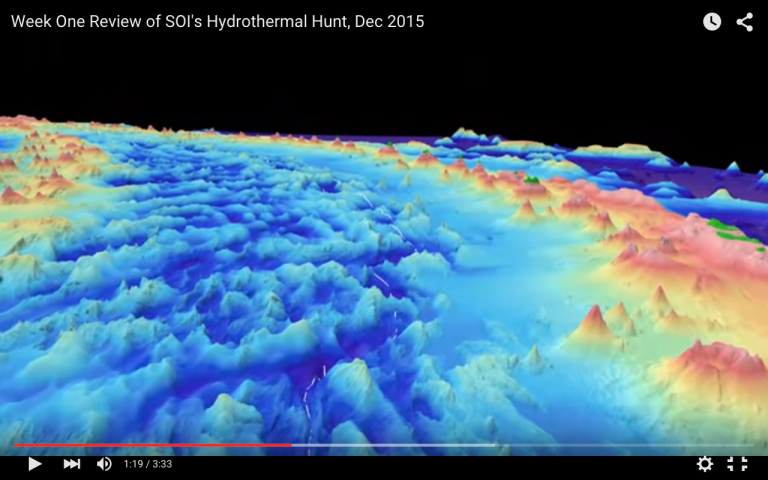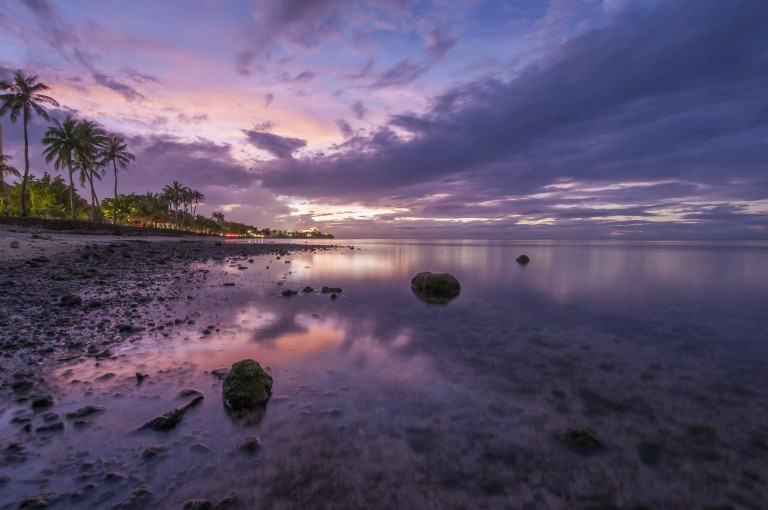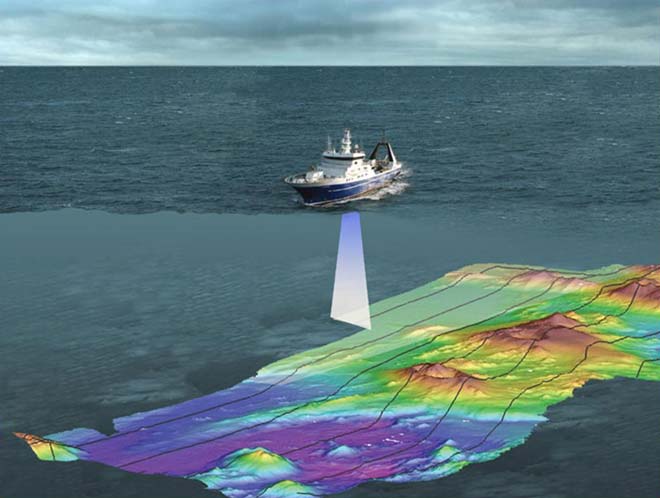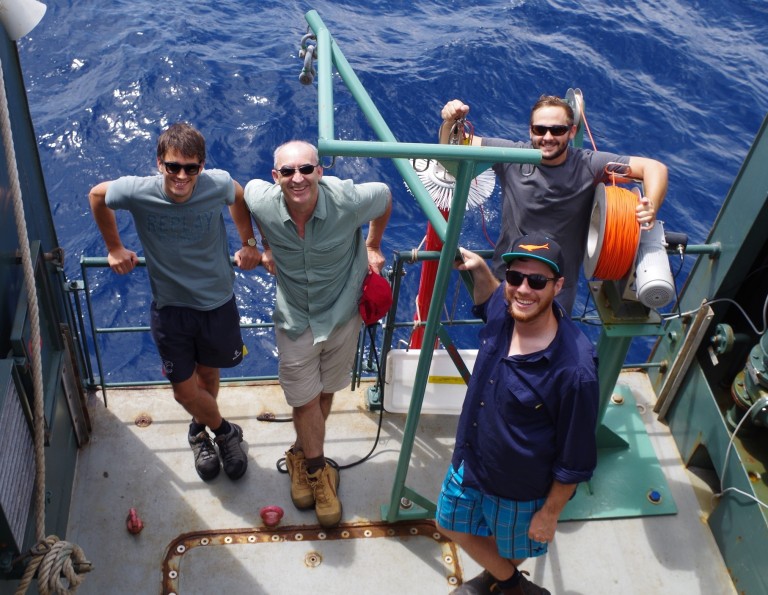Publication: Rittinghouse, Matthew, Scott Harris, Peter Etnoyer. 2014. Habitat characterization for deep-sea coral reef communities in Roatan, Honduras. Poster Presentation for Benthic Ecology Meeting 19-22 March 2014.
Rittinghouse, Matthew, Scott Harris, Peter Etnoyer. 2014. Habitat characterization for deep-sea coral reef communities in Roatan, Honduras. Poster Presentation for Benthic Ecology Meeting 19-22 March 2014.
